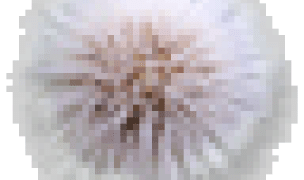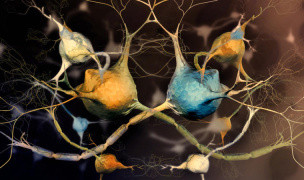 1 Terms
1 TermsHome > Terms > Kazakh (KK) > иллюзионизм
иллюзионизм
In Baroque art refers particularly to decorative schemes in buildings, especially ceiling paintings, in which the artist uses perspective and foreshortening to create, for example, the illusion that the ceiling is open sky populated by groups of figures such as saints, angels or whatever. Such effects are also sometimes referred to as trompe l'oeil, a French phrase meaning deceives the eye. More generally illusionism can refer to any painting which strives to achieve a high degree of mimesis, meaning imitation of reality. High levels of illusionism are typically found in seventeenth-century still life paintings. If the artist chooses subject matter that particularly lends itself to reproduction in paint on canvas (i. E. Is basically flat) the results can be exceptionally effective. An example is Edward Collier's A Trompe l'Oeil of Newspapers, Letters and Writing Implements on a Wooden Board. In modern art theory illusionism has been frowned upon on the grounds that it denies the basic truth of the flatness of the canvas. However, Surrealist artists such as Salvador Dalí and René Magritte have used it to great effect to evoke the alternative world of the unconscious mind.
- Deel van toespraak: noun
- Synoniem(en):
- Blossary:
- Industrie/Domein: Art history
- Category: General art history
- Company: Tate
- Product:
- Acroniem-Afkorting:
Andere talen:
Wat wilt u zeggen?
Terms in the News
Featured Terms
eBay Mobile
eBay's new search platform for mobile devices. There has been rumors that eBay hopes to replace Google as the first place that people look on their ...
Donateur
Featured blossaries
Screening Out Loud
0
Terms
4
Woordenlijsten
0
Followers
Bend It Like Beckham (Gurinder Chadha, Director) Blossary
 1 Terms
1 Terms
stanley soerianto
0
Terms
107
Woordenlijsten
6
Followers
Nerve Cell Related Diseases
 5 Terms
5 Terms
Browers Terms By Category
- General Finance(7677)
- Funds(1299)
- Commodity exchange(874)
- Private equity(515)
- Accountancy(421)
- Real estate investment(192)
Financial services(11765) Terms
- American culture(1308)
- Popular culture(211)
- General culture(150)
- People(80)
Culture(1749) Terms
- Rice science(2869)
- Genetic engineering(2618)
- General agriculture(2596)
- Agricultural programs & laws(1482)
- Animal feed(538)
- Dairy science(179)
Agriculture(10727) Terms
- General packaging(1147)
- Bag in box(76)
Packaging(1223) Terms
- Wireless networking(199)
- Modems(93)
- Firewall & VPN(91)
- Networking storage(39)
- Routers(3)
- Network switches(2)


